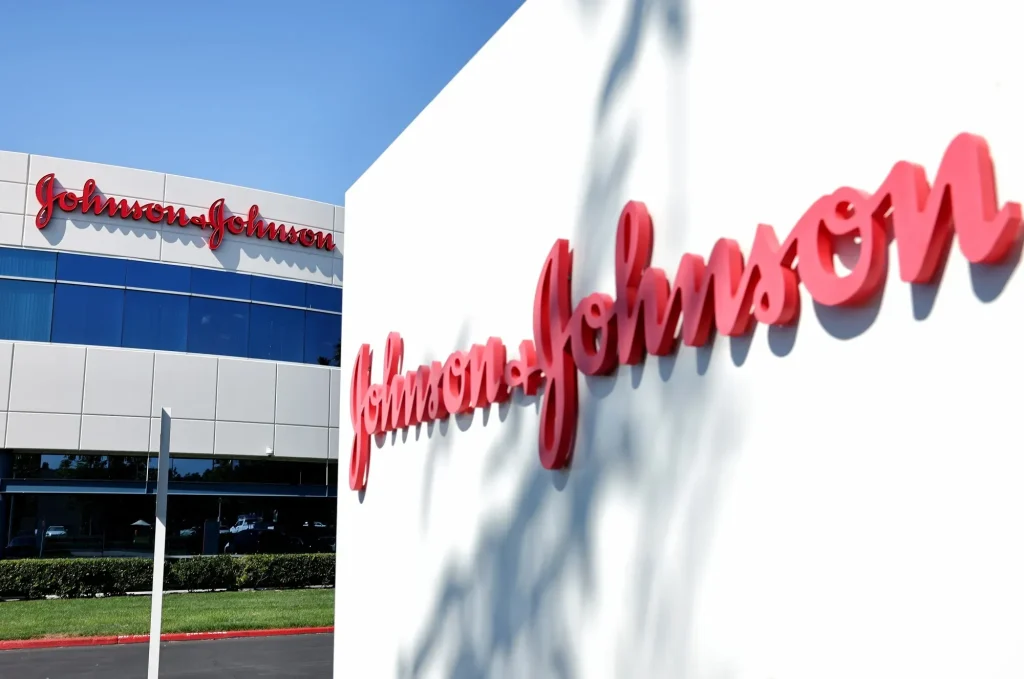Unlocking Potential: A Deep Dive into JNJ Stock Performance and Future Prospects

In the ever-evolving landscape of the stock market, few companies have demonstrated resilience and innovation like Johnson & Johnson (JNJ)。 As a leader in pharmaceuticals, consumer health, and medical devices, JNJ has become synonymous with dependability and growth. But what does the future hold for this industry giant? As investor sentiment sways and market dynamics shift, diving deep into JNJ’s stock performance is essential for making informed decisions.
This article will explore recent trends, financial metrics, and future prospects, offering a comprehensive analysis that unveils JNJ’s potential. Whether you’re a seasoned investor or just starting your financial journey, understanding the factors influencing JNJ’s stock is crucial. Join us as we unlock the potential of Johnson & Johnson and navigate its promising trajectory in the market.
Historical Performance of JNJ Stock
Johnson & Johnson (NYSE: JNJ) has demonstrated remarkable resilience over decades, cementing its reputation as a “recession-resistant” blue-chip stock. Despite market turbulence, JNJ shares have delivered consistent long-term growth, with a compound annual growth rate (CAGR) of ~7% since 2000. Key milestones include:
2008 Financial Crisis: JNJ fell 35.5% but recovered fully by 2012, outperforming the S&P 500’s 56.8% decline.
COVID-19 Pandemic: The stock dropped 25.9% in March 2020 but rebounded within a month, highlighting its defensive appeal.
2023–2025 Performance: Shares traded at $155 as of May 2025, down 7.18% from its 52-week high, pressured by talc litigation and tariff uncertainties.
Dividends remain a cornerstone, with 62 consecutive years of payout increases and a current yield of 3.24%.
Key Financial Metrics and Ratios
JNJ’s financial health underscores its stability:
Profitability: Operating margin of 24.6% and net margin of 16.75% (Q1 2025)。 ROE and ROA stand at 29.45% and 11.93%, respectively, reflecting efficient capital use.
Valuation: Forward P/E of 14.8x, below the industry average of 20.72x, suggesting undervaluation.
Liquidity: Current ratio of 1.26 and $41.74B in operating cash flow (Q1 2025)。
Dividend Safety: Payout ratio of 44.45% and $4.76 annual dividend per share.
Market Position and Competitive Analysis
JNJ dominates three sectors: Pharmaceuticals (56% of revenue), Medical Devices (30%), and Consumer Health (14% post-Kenvue spin-off)。 Its competitive edge stems from:
Pharma Leadership: Blockbusters like Stelara ($2.85B sales in 2025) and Darzalex ($2.97B) drive growth.
MedTech Innovation: AI-driven surgical tools and telehealth partnerships position JNJ at the forefront of digital healthcare.
Consumer Health Spin-Off: The Kenvue divestment allows JNJ to focus on high-margin pharmaceutical R&D.
Rivals like Pfizer and Merck lag in diversification, while JNJ’s $12.5B annual R&D budget fuels its pipeline.
Recent Developments Impacting JNJ Stock
Q1 2025 Earnings: Revenue of $218.94B (+4.5% YoY) and EPS of $4.54, beating estimates despite legal headwinds.
Talc Litigation: A $8.9B settlement proposal in 2025 reduced uncertainty, though ongoing cases remain a risk.
Regulatory Wins: FDA approvals for Carvykti (multiple myeloma) and Tecvayli (osteoporosis) strengthened its oncology portfolio.
Geopolitical Pressures: EU tariffs on pharmaceuticals and U.S.-China trade tensions could dent margins.
Analyst Ratings and Predictions
Analysts are cautiously optimistic:
Bull Case: BofA and Citigroup cite undervaluation, with price targets up to $230 (48% upside)。
Bear Case: Concerns over talc liabilities and slower MedTech growth have led to “Hold” ratings from Wells Fargo and UBS.
Consensus: Median 12-month target of $166.37 (7.3% upside), with 9 “Buy,” 13 “Hold,” and no “Sell” ratings.
Risks and Challenges Facing JNJ
1. Legal Liabilities: Talc-related lawsuits could cost $10B+ over the next decade.
2. Regulatory Hurdles: Drug pricing reforms and FDA scrutiny may delay product launches.
3. Market Volatility: Rising interest rates and recession fears could pressure valuations.
4. Competition: Biosimilar threats to Stelara and rising R&D costs in oncology.
Future Growth Opportunities
Oncology Pipeline: CAR-T therapy Carvykti and prostate cancer drug Erleada target $15B+ markets by 2030.
AI Integration: Partnerships with AI startups to optimize drug discovery and surgical robotics.
Emerging Markets: Expanding in Asia and Africa, where healthcare spending is rising 8% annually.
Sustainability Initiatives: Carbon-neutral operations by 2030 and ESG-aligned investments attract ethical investors.
Investment Strategies for JNJ Stock
Long-Term Hold: Ideal for dividend reinvestment (DRIP) and compounding gains.
Dollar-Cost Averaging (DCA): Accumulate shares below $160 to mitigate volatility.
Options Trading: Sell covered calls during earnings season to enhance income.
Sector Diversification: Pair JNJ with tech stocks (e.g., NVDA) to balance growth and stability.
Conclusion and Final Thoughts
JNJ remains a bedrock of defensive investing, offering stability through dividends, diversification, and innovation. While talc litigation and regulatory risks persist, its pharmaceutical dominance and $20B annual free cash flow provide a margin of safety. Analysts project shares reaching $200–$250 by 2030, driven by oncology breakthroughs and ESG tailwinds. For investors seeking a balance of income and growth, JNJ stands out as a “buy-and-forget” anchor in volatile markets.